A Green, Eco, or Sustainability Fair is a great way to showcase sustainable and environmentally friendly living solutions to your local community.
An Eco-friendly lifestyle covers just about every area of our lives, from plastic free and zero-waste products to food, green energy, transport, fast fashion, nature, recycling, and health. The goal is to minimise our carbon footprint and create a sustainable planet for everyone.
If you're thinking of organising a fair yourself, check out my How to organise a Green Fair post.
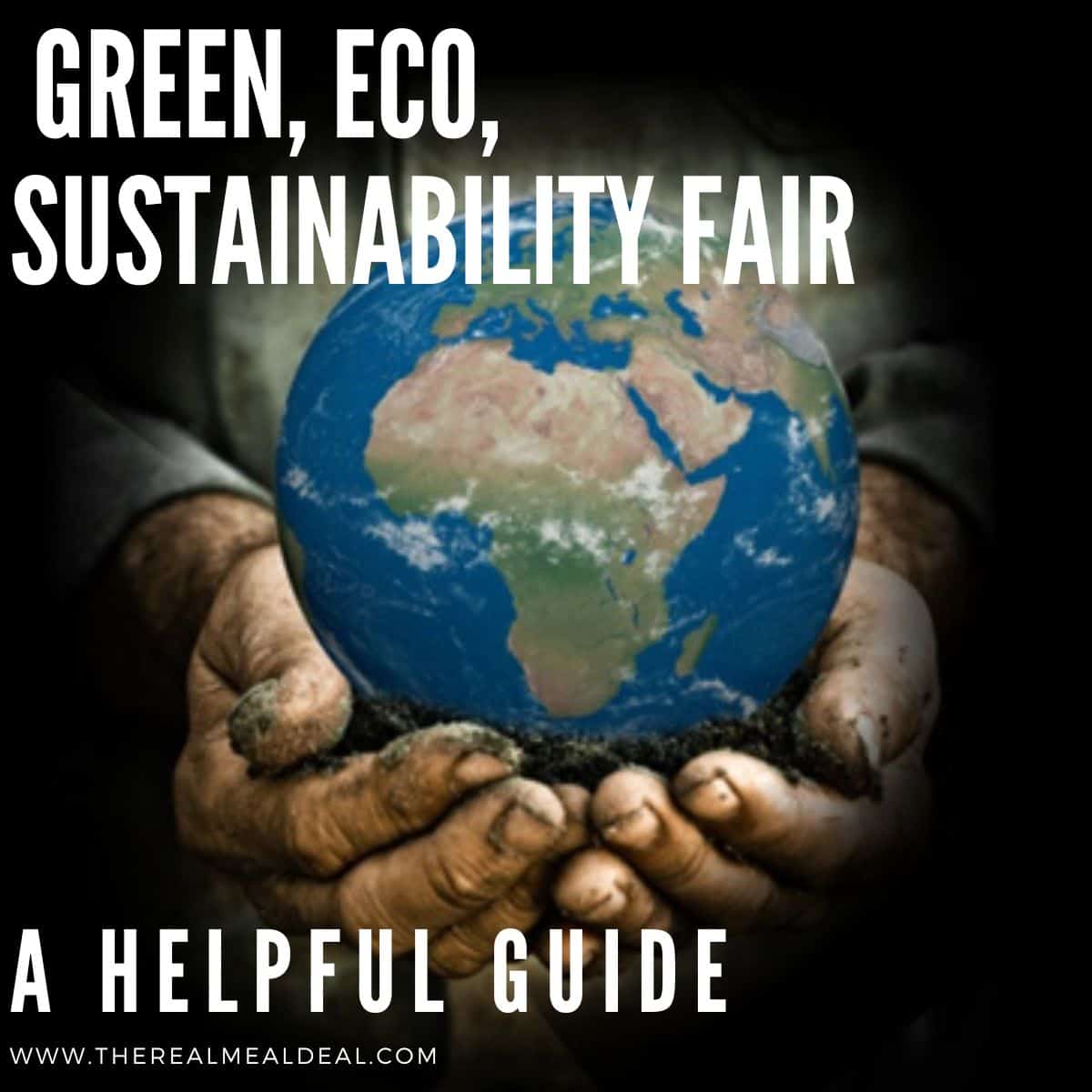
Jump to:
- 1. Food. Eating Sustainably and Reducing Food Waste
- 2. Eco-Friendly Swaps for Cleaning and Household
- 3. Eco Swaps Personal Hygiene
- 4. Clothing and the Impact of Fast Fashion
- 5. Green Energy, heating, insulation and energy efficient appliances
- 6. Recycling and Repurposing
- 7. Reducing Plastic Waste
- 8. Composting and an Eco-Friendly Garden
- 9. Reduce your car usage.
- Conclusion
- 💬 Reviews
A green or eco-fair can cover a variety of topics. Below you'll find information about different aspects of sustainable living that will work well in most places.
1. Food. Eating Sustainably and Reducing Food Waste
CO2 emissions from food make up around one-quarter of all the world’s emissions. This means changes around food can have a significant impact and food is an easy place to start. Everything we eat has a carbon footprint. The greenhouse gas emissions are produced by growing, rearing, farming, processing, transporting, storing, cooking, and then wasting, food. There are lots of simple ways we can reduce our environmental impact. You can find more detailed information on a Sustainable Diet here
Reduce Meat and Dairy consumption
Eating more plants and less meat is the sustainable way forward. Meat and dairy produce considerably more Greenhouse gases than plant-based foods. For example, 1 kg of beef, produces around 60KG of greenhouse gases. Compare this to 1kg of peas which produces just 1kg of greenhouse gases.
It is widely agreed that if we are going to tackle climate change, a shift in diet is essential. This means reducing our meat and dairy consumption and building in some meat-free days. For some people this can mean starting with one meat-free day per week, for others it may lead to the decision to go Vegan.
Cut out Food Waste
If Food waste were a country, it would be the third-largest emitter of CO2 after the USA & China. Food waste in landfills emits methane gas, 20 times stronger than CO2. Meal planning, always shopping with a list, using up leftovers, and composting are key ways to reduce food waste.
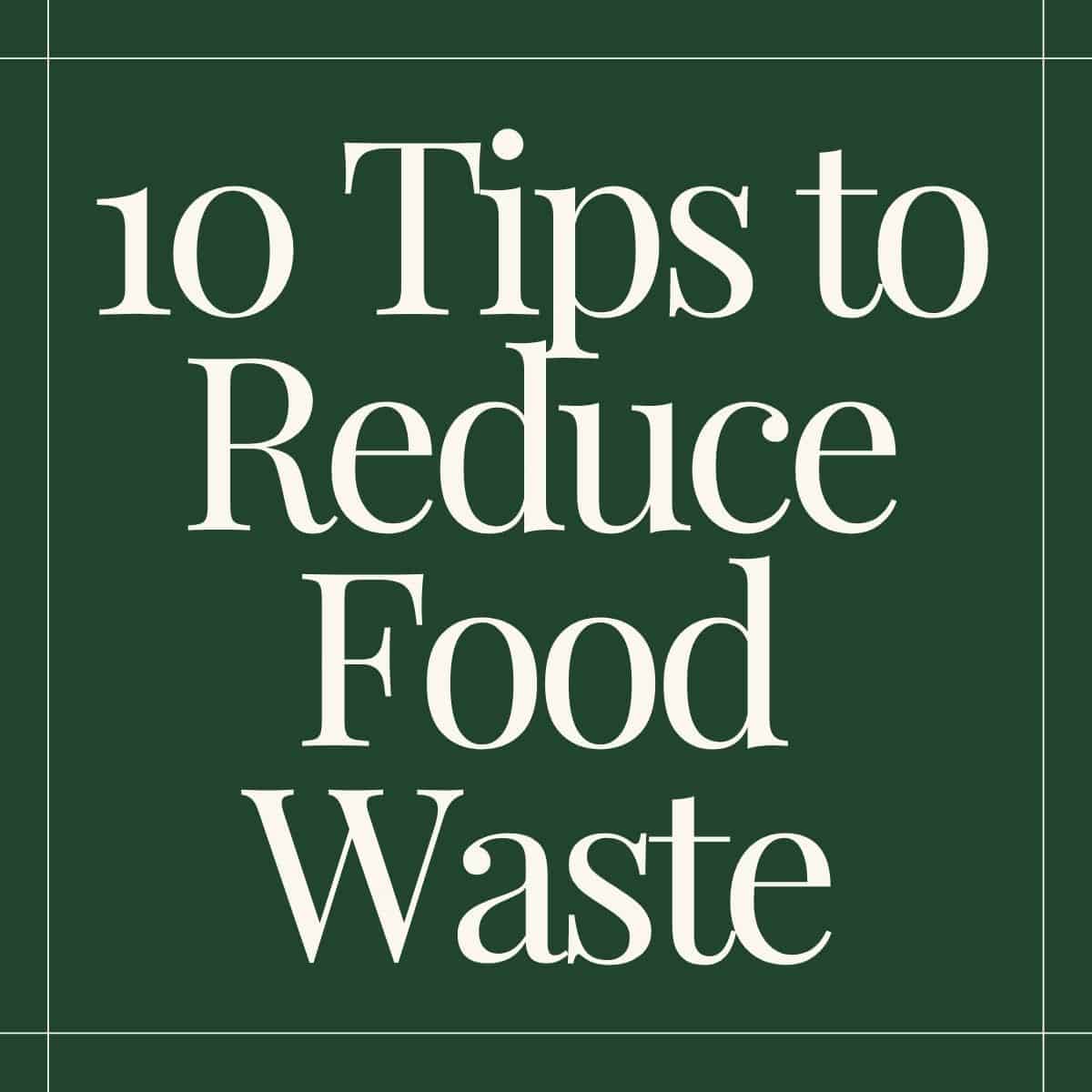
Eat in season and buy local
A locally sourced seasonal diet is a good place to start. Eating food that has been produced in your local area, in season as nature intended means cutting out excess emissions generated from artificially producing food, transporting it thousands of miles, and keeping it in cold storage for long periods.
Choose Organic
Industrial farming practices can be harmful to plant and animal life and cause long-term damage to the environment. These practices cause soil degradation and deforestation which can lead to flooding as well as pollution. Some of this damage can last decades. Choosing products that have been sustainably or organically farmed helps protect our long-term ability to grow food. Organic farming also helps protect farmworkers who risk serious health issues from the chemicals used in industrial farming. Organic produce may also be better for us since it contains no traces of pesticides, hormones, or antibiotics.
Choose Higher Animal Welfare Products
When we do choose animal products, we can choose products that have been produced to high animal welfare standards. This is better for the animal as well as carbon emissions. All meat and fish production is not the same and there are significant differences in the CO2 production of industrially or intensively farmed foods versus free-range and organic foods.
Support Fairtrade
Supporting Fairtrade is a direct way to help the world’s poorest farmers, many of whom are already experiencing the devastating impacts of climate change. The Fairtrade foundation promotes sustainable farming practices that enable farmers to adapt to a changing climate as well as deliver a lower carbon footprint product.

2. Eco-Friendly Swaps for Cleaning and Household
There are many easy eco-cleaning and household sustainable swaps. They doesn’t have to be expensive or time-consuming and can save money in the long run. Remember that many of these alternatives will last far longer than plastic versions.
Easy Eco Swaps
- Beeswax wraps are a great environmental alternative to clingfilm. Although more expensive than cling film, they will last 12-18 months and can be re-waxed. You can also use an upturned plate to cover bowls or invest in a set of reusable containers with lids for storing food in the fridge & freezer.
- Avoid Wet wipes as they don't break down (as they contain plastic) and cause blockages in sewage pipes. For cleaning, use reusable cloths or old flannels.
- Oven liners can replace baking parchment as they can be washed after every use.
- Environmentally friendly toilet paper is made from recycled paper as opposed to virgin paper. This helps preserve trees, protect habitat, and saves single-use energy. They can also be bought without any plastic wrapping.
- Many eco cleaning products are now available as ‘refills’. This helps reduce the impact of single-use plastic.
- Choose nonplastic for everyday items such as reusable water bottles and lunch boxes. Metal ones will last years and won't taint your food with that faint plastic taste.
- Remember plastic does not decompose. Seek out nonplastic alternatives to commonly used items such as washing up and cleaning brushes.
- Line your household bin with old newspaper or use compostable or paper bags rather than plastic.
Homemade Eco Cleaning Recipes
Eco Cleaning or Green Cleaning means cleaning in a way that is free from harmful toxins, keeps us and our environment healthy, and reduces waste to landfill. Many commercial cleaners contain harmful chemicals and pollutants that flow into streams and rivers. Cleaning sprays can pollute the air in our homes and aggravate health conditions such as asthma. Finally, most shop-bought household cleaners come in single-use plastic bottles, which significantly adds to the large number of plastic bottles we get through every year.
Making your own eco-household cleaning products is the easiest way to avoid all of these issues. It's also by far the cheapest way to clean your home. You can find some easy recipes here.
3. Eco Swaps Personal Hygiene
Many personal hygiene items are single-use and ‘disposable’. They often cannot be fully recycled. However, there are excellent eco-friendly swaps available.
- Plastic toothbrushes cannot be recycled & take over 400 years to decompose. Bamboo toothbrushes are a good alternative.
- Toothpaste tubes are difficult to recycle and take around 500 years to decompose in landfill. Toothpaste tabs are a good environmental alternative.
- Swapping to re-usable make-up and face wipes that can be put through the washing machine are easy swaps for disposable options, including cotton wool pads.
- There are many sustainable alternatives available to sanitary products. Period pants are now becoming hugely popular. Washable cloth sanitary pads are discreet and excellent sustainable alternatives. You might also like to try Mooncups. If these options aren’t for you then consider switching to 100% organic tampons & sanitary pads, which have a lower environmental impact.
- Soap bars, as well as shampoo & conditioner bars last a long time and, are a good sustainable alternative to liquid soap and bottled shampoo & conditioner since they don’t use plastic. You could also try refills of soap, shampoo & conditioner or buy in bulk to reduce plastic.
- A dish of traditional shaving soap, complete with brush and real razor are great ways for men to reduce their waste. They also last an incredibly long time, compared with aerosol shaving foams.
- There are now many brands of deodorant available in recyclable or compostable packaging rather than aerosol or plastic.
4. Clothing and the Impact of Fast Fashion
Fashion is the world’s second most polluting industry after oil. There are three main ways in which this industry impacts the environment.
1. How Clothes are produced
Producing clothes takes huge amounts of water. The water is often then discharged untreated into local water systems. It’s estimated that by 2030, 47% of the world’s population will face severe water shortages. Heavy usage of water to produce clothing puts increasing stress on drinking water supplies. It takes 7,600 litres of water to make just one pair of jeans and 2,700 litres to make a simple t-shirt.
2. How clothes are disposed of
Textiles should never be put into a landfill bin. Clothes release toxic gases such as CO2 and methane when they are left to decompose in a landfill, which in turn adds to global warming.
3. How we wash them
When we wash our clothes, especially synthetic garments, thousands of microfibers are released into the water system. These microfibers are ingested by aquatic organisms and can make their way into our food chain. For more information on clothing visit How Clothes Impact the Environment.
Sustainable Clothing
A ‘Capsule Wardrobe’, ie. one containing a much smaller number of clothes that you can mix and match, is the more sustainable approach.
Try asking yourself 'will I wear this item at least 30 times, before buying anything new? (wedding dresses excluded). Lend and borrow from friends rather than buy new for particular events. Shopping second-hand is not only thrifty but the most sustainable approach. There are also an increasing number of 'sustainable clothing brands' coming onto the market. Although initially more expensive, some of these sustainable brands offer long-term guarantees and repairs which can work out cheaper in the long run as well as being better for the planet.
Avoid putting any textiles into landfill bins. If your clothes are not in good enough condition to be sold in a charity shop, bag them up and mark them as textile waste. Textile waste can be recycled. Sometimes animal shelters ask for old towels, blankets, or duvets.
Only wash clothes when necessary. Try airing them instead if they are not dirty. Use a Guppy Bag in your washing machine to catch the microfibers that are released from clothes and prevent these fibres from getting into the water system. Empty it into the bin.
If you're running a Green, Eco or Sustainability Fair, another idea you could look at is a community Clothes Swap Event, also known as Swishing!
5. Green Energy, heating, insulation and energy efficient appliances
Green or renewable energy means energy that is collected from renewable resources which are naturally replenished on a human timescale (as opposed to oil, coal & gas). Renewable energy sources include solar, wind, rain, tides, waves & geothermal heat.
Switching to a green energy supplier is a vote for green energy & shows the demand is there which encourages investment. Some tariffs will be 100% renewable, others will be a percentage of the total. If possible, go for a tariff that gets 100% of its electricity from renewables. According to Ethical Consumer Magazine, the two main things to look out for are:-
- Does the company supply 100% renewable energy?
- Is the company building new sources of green energy?
Heating and Insulation
Energy usage in homes accounts for around 15% of the UK's carbon emissions. Ensuring our homes are energy efficient is key to reducing our carbon footprint. Poorly insulated homes lose heat quickly, which is inefficient and expensive. Making sure your loft & cavity walls are well insulated. Reduce drafts around doors and windows with caulk can also help keep the heat in. Upgrade your boiler if necessary to a more efficient one. Double glazing makes a big difference in helping your home retain heat. You may also be able to install other energy sources such as solar panels or heat pumps.
Visit www.gov.uk/improve-energy-efficiency to find out if you are eligible for a home energy grant to help pay for things like loft and cavity wall insulation.
Energy Efficient Appliances
The average household in the UK has 40 – 50 electrical appliances! There are many ways in which we can all reduce our energy consumption.
Top Tips
- Avoid overfilling your fridge & let food cool before placing it inside. Keep the filter free from dust.
- When boiling water, only heat the amount you need
- Using a washing machine at 30 C will use around 40% less energy than on a higher temperature setting. Ensure you have a full load before washing.
- Don't leave appliances on standby. Install timers and switch them off at the wall.
- Computers, printers, etc take around 9% of our energy usage. Switch off when not in use
- Lighting accounts for 18% of our household energy. Energy-efficient lightbulbs use 75% less energy than the standard to generate the same level of light.
- Don’t leave lights on unnecessarily.
- Install timers on appliances such as TVs, computers, printers, and broadband routers to switch off automatically at night.
- Delete unnecessary emails, spam, and photos. The backup process required to store all this data uses energy!
The Energy Saving Trust is an independent profit-for-purpose organisation that offers impartial advice on energy saving schemes and can lots of useful information.
6. Recycling and Repurposing
By reducing and sorting waste, emissions from the average home could fall by 0.25 tonnes of CO2 per year. If you're organising a Green, Eco or Sustainability Fair, you might want to consider inviting your local council along to talk about recycling. It's also a great opportunity for them to hear questions and feedback from the local community.
Recycling is not a magic wand. Our main aim needs to be on REDUCING what we use, then REUSING, and then finally RECYCLING. Avoid single-use items wherever possible.
All councils differ in what they recycle kerbside. However, it is often possible to recycle far more products through other recycling points which can minimize our waste to landfill.
Recycling is complex and we should be aware of what can and can’t be recycled by our local council to avoid contamination. Recycling contamination happens when items are placed in the wrong recycling bin or when materials are not properly cleaned, such as when food residue remains on items.
This can lead to items being rejected and sent to landfill, but it could also contaminate a whole batch of items for recycling.
Recycling at Kerbside
Your local council will have a list on their website of items they accept for recycling at kerbside.
Common items that can’t be recycled at kerbside include :-
- Loose shredded paper. Put this in your home compost instead. Loose shredded paper is small and hard for machines to recover at a recycling plant.
- Black plastic (mostly in the form of food trays) Black plastic is difficult for the lasers to see at recycling plants and cannot generally be recycled.
- Polystyrene, although plastic cannot be recycled. The best thing to do is to try to avoid products that come with polystyrene.
- Clingfilm. Also a plastic, but it cannot be recycled.
- Tinfoil & aluminum trays can be recycled if they are clean. They should also be scrunched up into a ball at least the size of a tennis ball so that the sorting machines can recognize it.
- Some plastic packaging such as bread bags and crisp packets can be recycled along with carrier bags and other soft plastics at larger supermarkets.
You can find more information on recycling at www.recyclenow.com/what-to-do-with/
Items that can be recycled at many council household waste sites
- Mobile Phones & small appliances
- Batteries
- Mixed-light bulbs
- Large appliances
- Fridges & freezers
- Hardcore & rubble
- Soil
- Wood & Timber
- Scrap Metal
- Used engine oil
- Household waste
- Spectacles
- Mixed textiles & clothes
- Cooking oil
- Hand tools
- Paint
- Gas bottles
- Garden waste
- Mixed recycling
- Mixed glass, bottles & jars.
Other local recycling and re-purposing opportunities
Many items not accepted by local councils can still be recycled through other providers. Terracycle is one such company. They have programmes for recycling various waste streams. Local drop-off points can be found on their website.
Terracycle can recycle almost any waste stream. You can sign up to be a collector for specific types of waste. Schools and workplaces are ideal centres for collecting harder-to-recycle waste streams. The scheme offers a points system that can be traded as payment.
Many supermarkets now offer Soft Plastic Recycling. Soft plastics are the type that if you scrunch them up in your hand, spring back. These include crisp packets, bread bags, salad bags, and packaging for fruit and vegetables.
- Batteries. Batteries should not be placed in landfill as they can leak and contaminate the soil. Every shop that sells batteries has to provide a battery recycling point.
- Used Inhalers should be taken to your local pharmacy for recycling. For more information on the carbon footprint of inhalers and dry powder, alternatives visit greeninhaler.org
Repurposing & Repairing
Repurposing is important as it not only extends the life of a product but prevents a new one from being made. This saves not only resources but also energy and fuel.
Sites such as Freecycle.org & ilovefreegle.org are great ways to pass on stuff you no longer need.
Not all charity shops can accept electrical items as they need to be tested, but plenty do and most will collect larger items for free. Check locally but the following usually accept electrical items. British Heart Foundation, Sue Ryder, British Red Cross, Age UK.
You can also recycle many electrical appliances, without buying anything new, at your local Currys PC World, from kettles to toasters to TVs, regardless of where you bought them from. You may also be able to trade in old laptops for a £50 voucher to spend on anything.
Repairing
Repairing items extends their life which helps us consume fewer of that item in our lifetime. Repair Cafe is a worldwide organisation that can help. People skilled in repairing items volunteer their time and repair your item with you. If you want to start one up, you can find all the resources at repaircafe.org
7. Reducing Plastic Waste
Only 9% of all the plastic ever produced, has been recycled. It’s vital we find ways to reduce it in our everyday lives. Look in your bin, find the most used plastic items and start with those. There are so many ways available to reduce our plastic and more are becoming available all the time.
- Carry a re-usable coffee cup & environmentally friendly water bottle.
- Shop for fruit & veg package free or sign up for a plastic-free veg box scheme.
- Take re-usable containers to buy meat and fish from deli counters
- Look for non-plastic alternatives to common household & personal hygiene products
- Have your milk delivered in glass bottles
- Clingfilm or foodwrap can’t be recycled, why not try Beeswax wraps instead, or used an upturned plate to cover dishes!
- Making your smoothies is a great way to reduce plastic and food waste. Smoothies work best with fruit that’s a little past its best so can help reduce foodwaste too!
- See if you have a Zero Waste Store near you.
- If you can’t find an item plastic-free, try buying it in a larger container as this will use less plastic in the long run.
- Let retailers, companies & organisations know that reducing plastic is important to you. Consumer pressure has already achieved so much.
8. Composting and an Eco-Friendly Garden
If you're lucky enough to have your own garden, then composting and eco-friendly gardening are great ways you can make a difference. If you don't have your own garden, maybe you have access to an allotment or even just a container garden or window box.
43% of our household waste can be composted at home! It can be done all year round & it’s a great way to reduce your carbon footprint and recycle as nature intended. The Royal Horticultural Society has a great resource on how to get started.
How to Compost
The site mustn't be subject to extremes of temperature and moisture, as the micro-organisms (bacteria and fungi) that convert the waste into compost work best in constant conditions. Place your compost bin in an area of light shade or shade.
An earth base allows drainage and access to soil organisms. If you have to compost on a hard surface, add a spadeful of soil to the bottom of the compost bin.
Bins retain some warmth and moisture and make better compost more quickly, but even an open heap will compost eventually. Any of the compost bins on the market should produce compost as long as they exclude rain, retain some warmth, allow drainage and let in air. Bins less than 1 cubic m (1.3 cubic yd) in size are much less effective than larger ones.
What to add to your compost bin
You need to aim for a balance of 50% greens & 50% browns to get the right mix. You can find some good composting tips at Garden Organic
Examples of green waste include:- plants, rhubarb leaves, soft prunings, tea leaves, vegetable peelings, fruit peelings & pulp, coffee grounds, cut flowers, vacuum cleaner contents, wood ash, wool, and pet bedding.
Examples of brown waste (essentially dry waste) include:-cardboard, paper towels, cotton wool, egg boxes, evergreen prunings, hair, natural corks, nuts, paper bags, straw, and shredded paper.
Keep out meat, bones & fish.
How do you know when compost is ready?
Garden compost can take between six months and two years to reach maturity. Mature compost will be dark brown, with a crumbly soil-like texture and a smell resembling damp woodland. It probably won't look like the compost you buy in the shops and, likely, yours will still have twigs and eggshells in it! Don't worry, it's still perfectly good to use. Simply sift out any larger bits and return them to your compost bin. You can use compost for things such as flowerbeds, a mulch, around trees, to replenish pots, patio containers, healthier herbs and vegetables, and to feed your lawn.
Creating an Eco Friendly Garden
Switching over to sustainable gardening practices helps create a garden you can enjoy, admire and even eat. It helps reduce your environmental footprint, by increasing carbon storage, reducing greenhouse gas emissions, and contributing to plant and animal biodiversity. Here are a few tips to create your eco-friendly garden:
- Plant trees. Planting trees helps to store carbon from the atmosphere into the soil.
- Grow your own organic food. Not only does this help to reduce food miles, but it also helps to save water and fossil fuels.
- Compost your waste. The less green garden waste and food scraps that go into landfill the better. You also get to use the compost in your sustainable garden.
- Take responsibility for your gardening practices. Think very carefully before you reach for the bug spray or synthetic fertilizer! So many good, sustainable alternatives exist — use your compost to help feed your plants and get worms and insects working for you.
- Minimise your use of power tools. Mowers, blowers, and brush-cutters have an environmental impact. Try an energy-efficient mower, mow less often and keep the grass height to about 4 to 5 centimetres — it’s better for your sustainable lawn as well.
- Get the kids into sustainable gardening. At home, at school, or in the community, if kids learn the right way from the beginning, they’re sure to keep gardening sustainably into the future.
- Create a haven with a diverse range of plants. Not only do you help increase plant biodiversity, but you also provide a habitat for animals, beneficial insects, and birds.
- Build your garden for the future, not for fashion. Make your garden climate-friendly and water-wise. Understand your environment, weather patterns, and the plants that thrive where you live, not what the magazines dictate.
9. Reduce your car usage.
Cars & trucks account for around one-fifth of all CO2 emissions.
Government figures show around 60% of journeys of less than 2 miles are made by car. One-third of drivers use cars for walking-distance journeys. Because emission systems fitted in cars take around 5 minutes to activate, many of these short journeys cause high pollution levels and expose drivers & passengers to harmful pollution bursts.
It’s important to turn your engine off when parked as an idling car can produce up to twice the emissions of a car that’s in motion. Idling increases the number of exhaust fumes in the air, which contain several harmful gases. These gases not only harm the environment and contribute to climate change, they are also linked to asthma and lung disease.
If we do need to use our cars, can we car share? Asking friends to car share for environmental reasons is much easier. For example, could you share lifts on the school run, to kids' parties, after school activities, and even trips to the shops or supermarket?
Planning time into our day to walk rather than drive short distances can make a big difference as well as be beneficial to our health. Sustrans is a charity that aims to make it easier for people to walk and cycle and have lots of tips and information. As we come out of the COVID pandemic, there is a greater emphasis on cycling and walking and many councils are putting in measures to make this easier and safer.
Conclusion
There are many things we can all do in our everyday lives to reduce our carbon footprint and help protect our planet from the impact of climate change. Coming together as groups of friends and communities and supporting and encouraging each other can help. A Green Fair is a great way to help your local community learn about sustainable living.
Living sustainably is a lifelong journey. Make as many changes as are manageable. Once you start, you will find it gets easier and together we can all make a difference.
“We don’t need a handful of people doing zero waste perfectly. We need millions of people doing it imperfectly.”
Anne Marie Bonneau














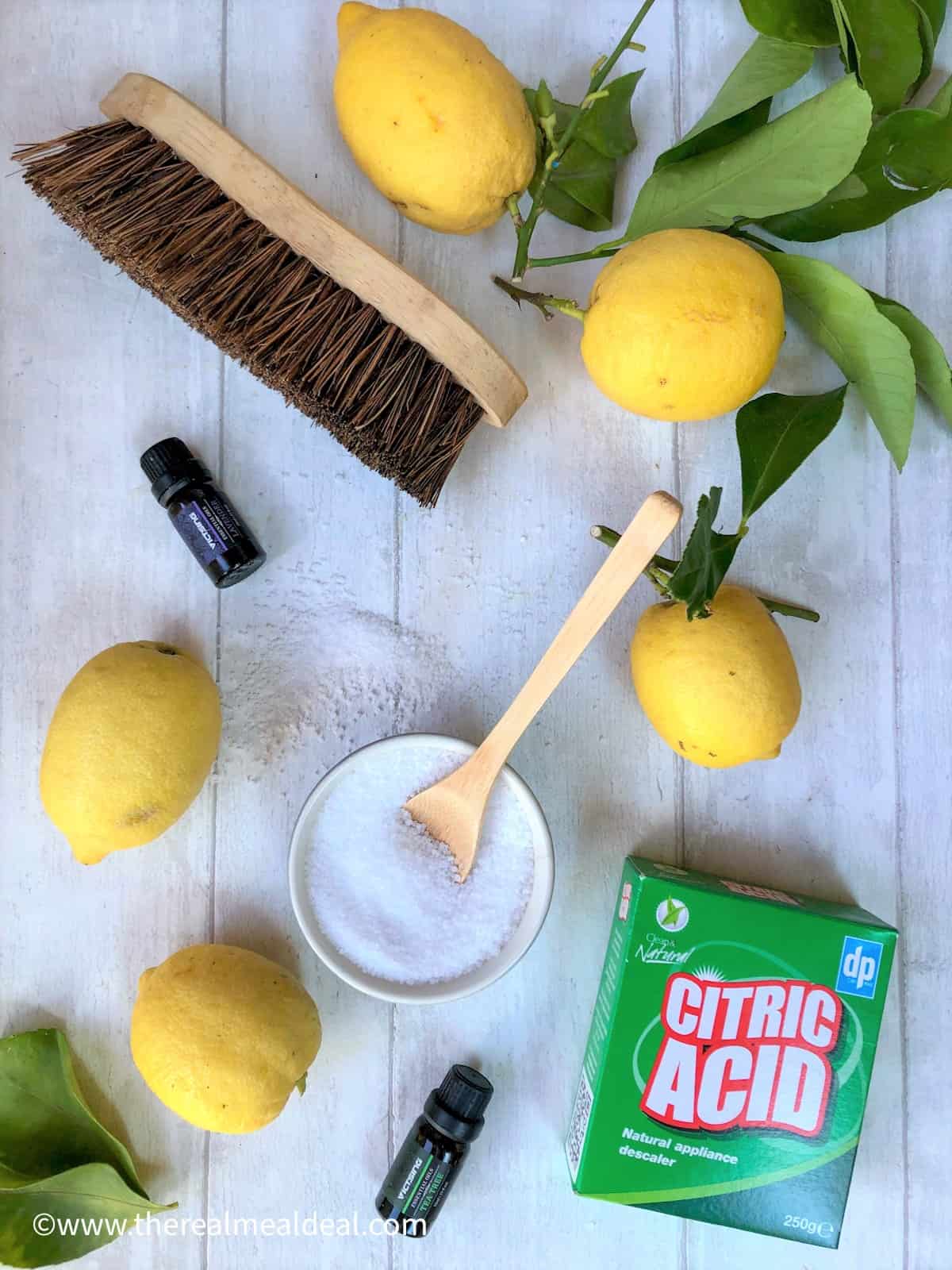
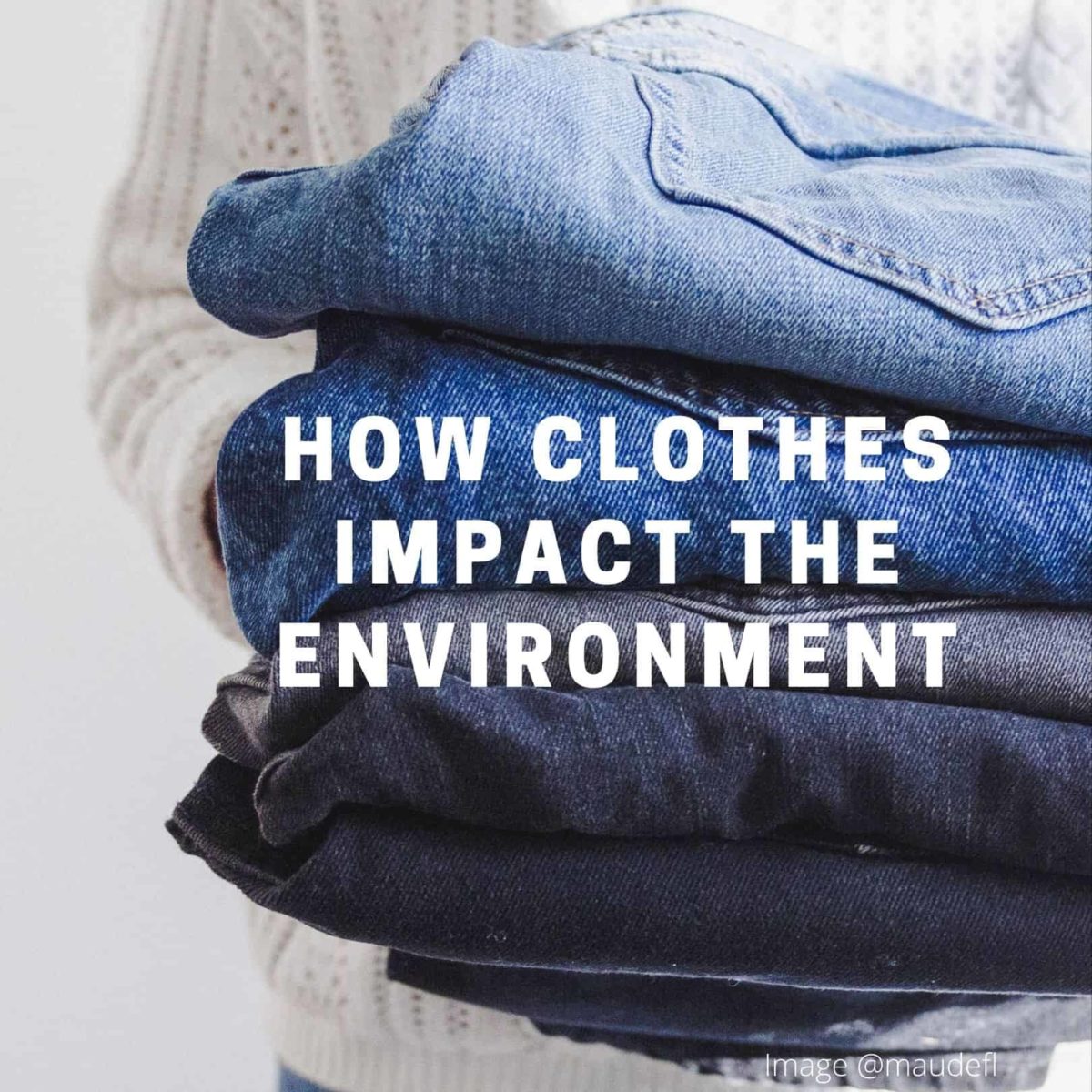

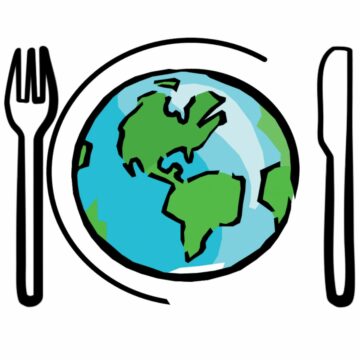


Comments
No Comments